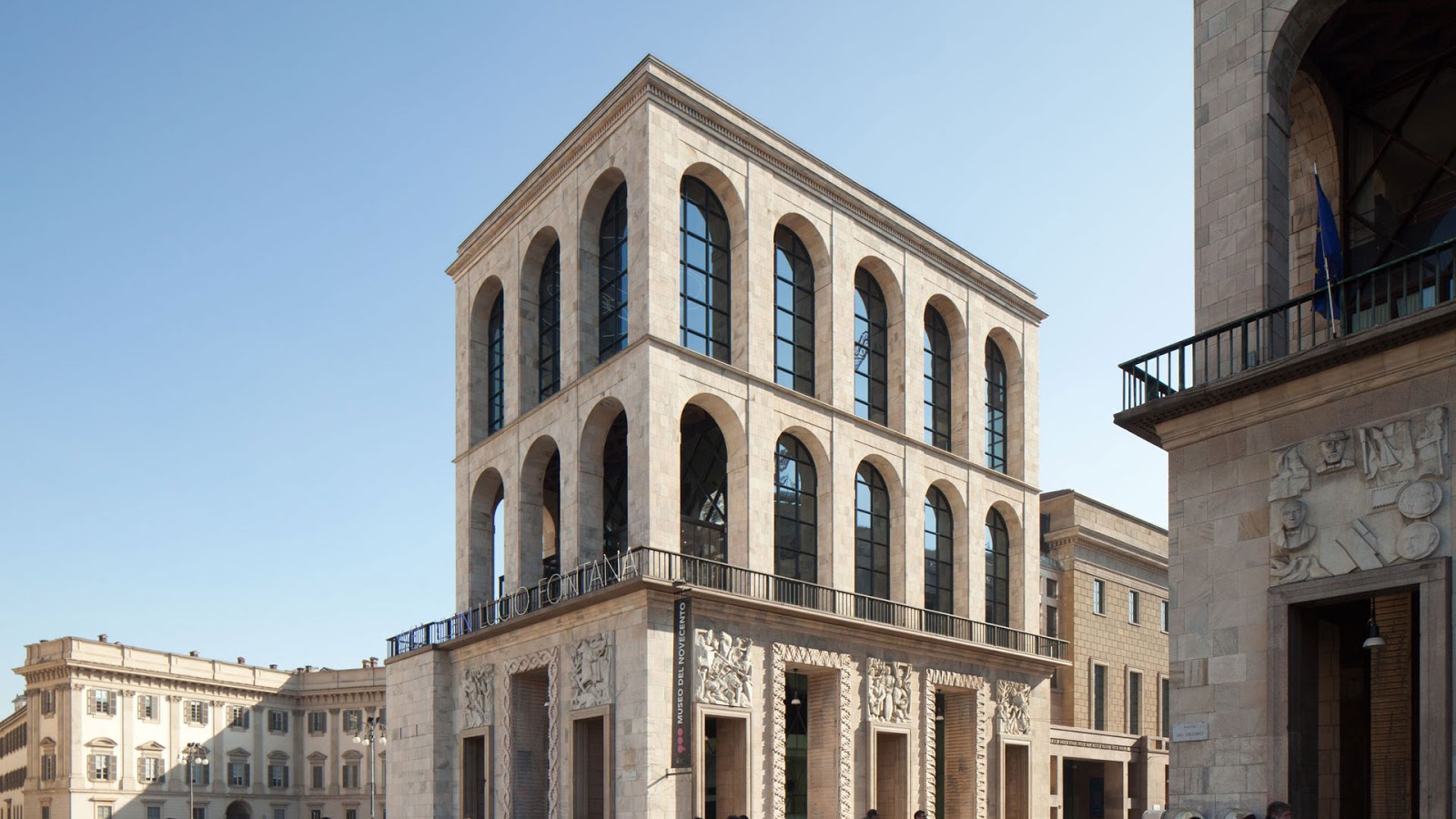
A bit of history about Sirmione
Between the IV and V century A.D., the town became a fortified place and, in the thirteenth century, became part of the Scaligeri’s fortification system, probably by Mastino I della Scala. In the same period it was a refuge for Paterines heretics, soon burn to death in Verona. The function of control and defense, taken in late Roman, continued until the sixteenth century, when its role was replaced by Peschiera.

What to visit in Sirmione: a little guide
Tourists who travel to Sirmione, in addition to the famous Spa, can enjoy lots of different beauties, including the Scaligero Castle, the Grottoes of Catullus and the Church of San Pietro in Mavino. The old town centre preserves a medieval urban structure with irregular and narrow streets. The Scaligero Castle, one of the best preserved castles of Italy, is bathed on all sides by the waters of Lake Garda. On one of these sides, after the construction of the castle, was built the dock.

The Grottoes of Catullus is a Roman house built between the end of the first century B.C. and the first century A.D. on the tip of the Sirmione peninsula. Among the religious buildings, we also recommend St. Anne’s Church, located near the castle, and the church of Santa Maria Maggiore. A small pearl is the Palazzo Maria Callas, placed in the central square Carducci, dedicated to the famous opera singer who stayed regularly here in the 50s. The fame of the city, however, is inextricably linked with the health Spa which is among the most advanced of Italy; a wide variety of high-end and a long series of charming structures treatments complete the picture of this exclusive location suitable for stays of wellness, relaxation and luxury.

Featured image: Bresciatourism




